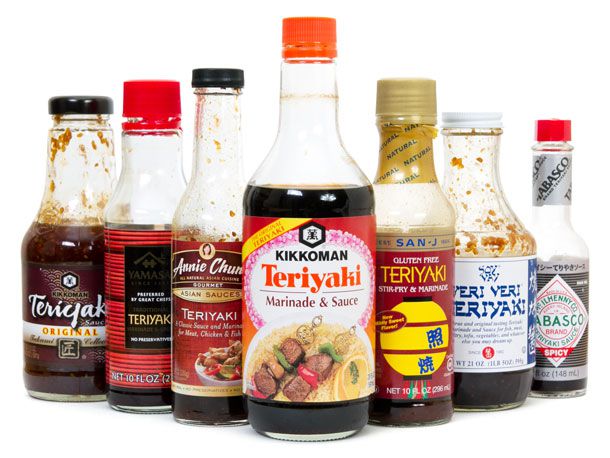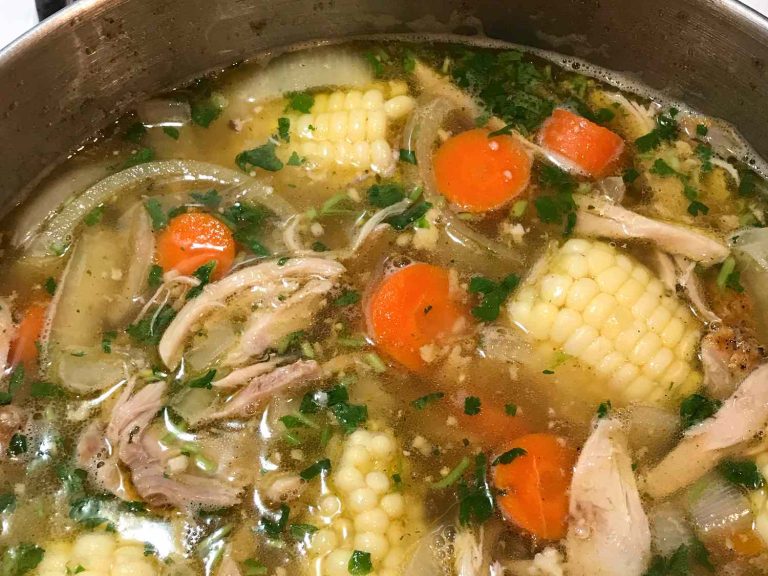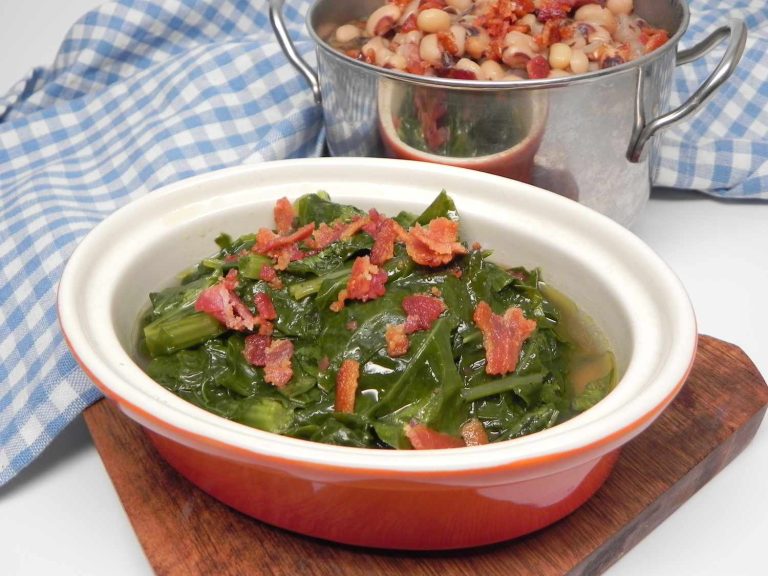Teriyaki Marinade And Sauce: History, Recipes, and Store-Bought vs. Homemade Comparison
Teriyaki marinade and sauce trace their roots to Japan, where they originated in the 17th century during the Edo period. The term “teriyaki” is a combination of “teri,” which means luster, and “yaki,” which means grilling or broiling. This method involves grilling meat or fish while basting it with a mixture of soy sauce, sake, mirin, and sugar. The primary ingredients of teriyaki sauce—soy sauce, sake, and mirin—were first introduced by Chinese immigrants, and they became staples in Japanese kitchens. Over time, teriyaki evolved into the popular glaze and marinade known today.
Cultural Significance in Japanese Cuisine
In Japanese cuisine, teriyaki holds a special place due to its unique flavor profile and versatility. Used to enhance various dishes, teriyaki sauce creates a glossy, caramelized finish that’s both visually appealing and delicious. You’ll find teriyaki applied to dishes like chicken, beef, salmon, and vegetable skewers, making it a ubiquitous element in Japanese street food and home cooking. Teriyaki is not just a sauce; it’s a reflection of Japanese culinary innovation and adaptability. Its global popularity showcases how traditional Japanese flavors have influenced and been embraced by diverse culinary traditions worldwide.
Key Ingredients in Teriyaki Marinade and Sauce
The Role of Soy Sauce
Soy sauce serves as the foundation of teriyaki marinade and sauce. It provides the essential salty flavor and umami, which enhances the overall taste of the marinade. Soy sauce, made from fermented soybeans, wheat, salt, and water, offers depth and complexity to teriyaki dishes. Without soy sauce, teriyaki’s distinctive savory profile would not be possible. This ingredient’s importance cannot be overstated, as it ties together the other flavors harmoniously.
The Importance of Mirin
Mirin is a type of rice wine that contributes to the glossy finish of teriyaki dishes. It adds a subtle sweetness and a slight acidity, balancing the salty notes from the soy sauce. Mirin, with its lower alcohol content compared to sake, imparts an aromatic richness. The inclusion of mirin ensures that the marinade clings well to the meat or vegetables during cooking, enhancing both flavor and appearance. This ingredient’s unique properties make it indispensable in achieving authentic teriyaki.
Adding Sweetness with Sugar
Sugar is another crucial component, providing the required sweetness to teriyaki marinade and sauce. It caramelizes during cooking, giving teriyaki its characteristic sheen and slightly sticky texture. Sugar helps balance the salty and acidic elements, making the final dish more palatable. Whether using white, brown, or even honey as an alternative, the sweet component is necessary for creating the harmonious blend of flavors typical of teriyaki.
DIY Teriyaki Marinade and Sauce Recipes
Classic Teriyaki Sauce
Classic teriyaki sauce marries simplicity with authentic flavor. Combine 1 cup soy sauce, 1 cup mirin, 1/2 cup sake, and 1/4 cup sugar in a saucepan. Bring to a boil, then simmer for 15 minutes, stirring occasionally. Use this sauce to marinate meats, glaze grilled dishes, or enhance stir-fries. For a thicker sauce, add a cornstarch slurry—1 tablespoon cornstarch mixed with 2 tablespoons water—after simmering.
Gluten-Free Teriyaki Sauce
Savor teriyaki without gluten. Replace soy sauce with tamari or coconut aminos. Blend 1 cup tamari (or coconut aminos), 1 cup mirin, 1/2 cup sake, and 1/4 cup sugar in a saucepan. Heat until boiling, then reduce to simmer for 15 minutes. For thickness, mix 1 tablespoon cornstarch with 2 tablespoons water and stir into the sauce after simmering. This gluten-free version retains the classic flavors, ideal for gluten-sensitive individuals.
Best Practices for Using Teriyaki Marinade and Sauce
Marinating Techniques
Immerse your protein, such as chicken, beef, or tofu, in teriyaki marinade for optimal flavor. For chicken, marinate for at least 30 minutes to 12 hours to allow the flavors to fully penetrate. When marinating beef, aim for 15 minutes to 2 hours. Tofu absorbs flavors quickly, so marinate it for 15 to 30 minutes. Use a resealable plastic bag or a glass container to ensure even coverage. Turn the meat or tofu halfway through the marinating process.
Cooking Tips for Optimal Flavor
Apply your teriyaki sauce toward the end of the cooking process. Brush it on grilled or baked items in the last 5 to 10 minutes of cooking to prevent burning. For stir-fries, add the sauce after the vegetables and protein are mostly cooked. Allow the sauce to thicken by simmering for 2 to 3 minutes. If using the marinade as a sauce, boil it for 5 minutes before applying to eliminate any bacteria from raw meat.
Store-Bought vs. Homemade Teriyaki Sauce
Comparing Quality and Taste
Store-bought teriyaki sauce offers convenience but often pales in comparison to homemade versions in terms of quality and taste. Commercial sauces usually have a generic flavor profile that may lack depth. They often include more sugar to appeal to broader palates. However, the personalized touch when making homemade teriyaki sauce allows you to adjust sweetness, saltiness, and umami levels to your preference. For example, you can use aged soy sauce or high-quality sake to enhance the flavor. Homemade sauce tends to integrate better with the base ingredients and provides a fresher, more authentic taste.
Understanding Additives and Preservatives
Commercially available teriyaki sauces need to have a longer shelf life, so manufacturers often add preservatives and artificial ingredients. These might include sodium benzoate or high fructose corn syrup. While these additives prolong usability, they can affect the sauce’s natural flavor and nutritional value negatively. Homemade teriyaki sauce, on the other hand, uses natural ingredients without preservatives. If you make it in small batches, you can use fresh ginger and garlic, adhering to a cleaner, more wholesome recipe. This results in a healthier alternative that’s free from unnecessary chemicals.
Conclusion
Teriyaki marinade and sauce offer a rich blend of flavors that have captivated taste buds worldwide. By understanding its history and ingredients, you can appreciate its cultural significance and culinary versatility. Whether you opt for store-bought convenience or the customizable freshness of homemade versions, teriyaki sauce remains a staple in elevating your dishes. Embrace the healthier, more flavorful options available through DIY recipes and enjoy the authentic taste of this beloved Japanese classic.






